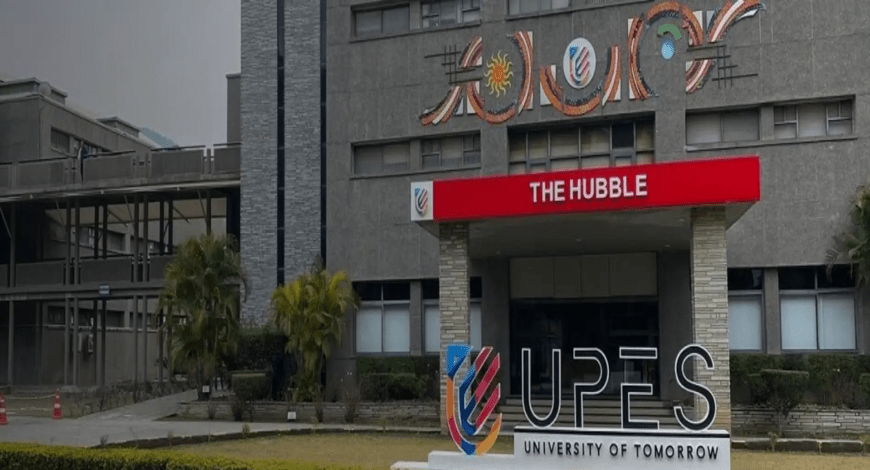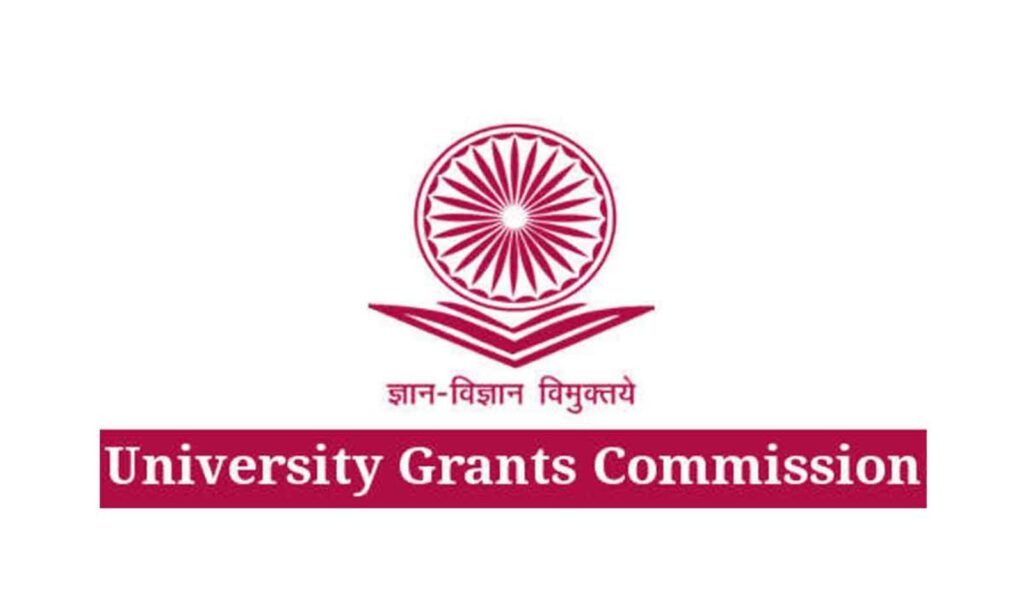- The framework pioneered in this study has the potential to improve the accuracy of early warning signals provided by meteorological organisations to the government so that they can take pre-emptive action to reduce the impact of disasters
A team of researchers from Indian Institute of Technology Madras (IIT Madras), IIT Hyderabad and Potsdam Institute of Climate Impact Research (PIK), Germany have tackled the problem of merging tropical cyclones by using a novel, data-driven approach based on the interdisciplinary methodology of complex networks in an article titled ‘Study of Interaction and Complete Merging of Binary Cyclones Using Complex Networks’ published in Chaos: An Interdisciplinary Journal of Nonlinear Science.
Over the years, tropical cyclones have ravaged the coastlines of not only the Indian subcontinent, but the whole of southern Asia, Australia and the tropical regions of the Americas, to name a few. The tremendous havoc and destruction of life and property by these cyclones pose a serious threat to the predominantly agro-based economies of tropical countries.
Even today, the mechanisms behind the formation and propagation of these weather extremes and their interactions with the neighbouring weather systems lack a sound understanding and are active areas of research and debate among meteorologists worldwide.
One of these important research areas is what happens when two tropical cyclones, in the same hemisphere, are close to each other. In this case, as one cyclone starts affecting the other and vice-versa (this interaction is referred to as “Fujiwhara interaction” by meteorologists), there can be number of possible outcomes — their trajectories and/or strengths may suddenly change, or they can merge to form a much stronger cyclone.
Such binary interaction of cyclones has neither been completely understood nor fully incorporated in weather prediction models, and therefore leads to erroneous forecasts. Such inaccurate forecasts increase the threat to life and property due to unpreparedness caused by misinformation and the lack of early warning.
A complex network encodes the pattern of interaction of a complex system and can be directly applied to study the Fujiwhara interaction between two cyclonic vortices. Indicators derived from this methodology were found to clearly distinguish the different stages of mutual interaction between two cyclones and provide an early indication of cyclone merger, often better than conventionally used indicators such as the separation distance between two cyclones.



